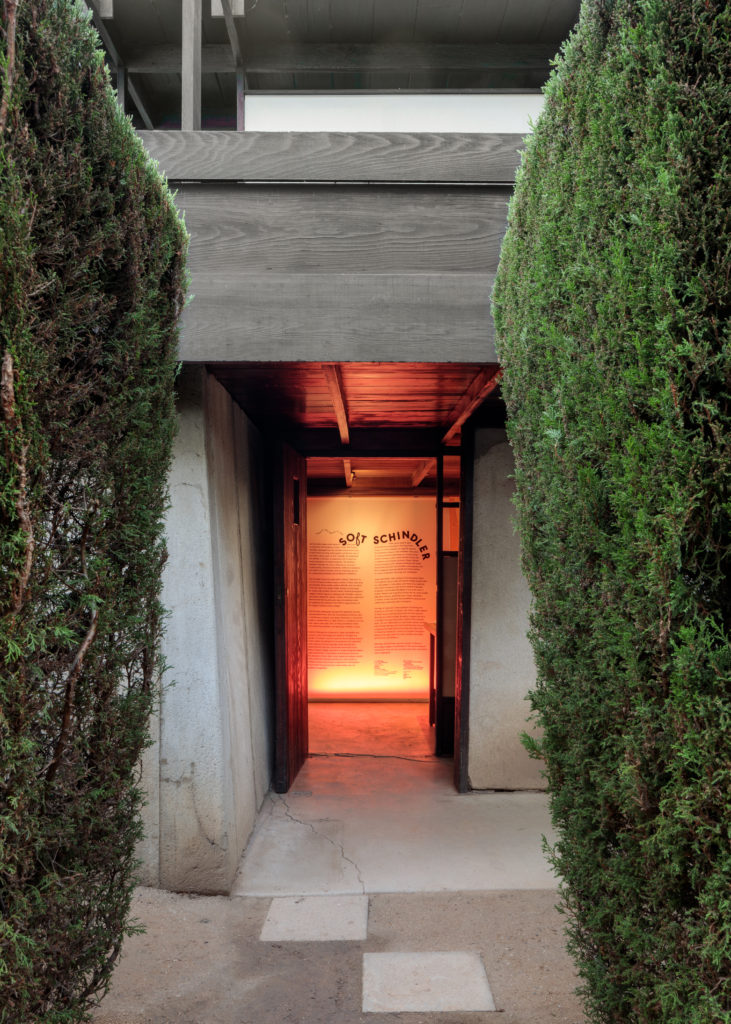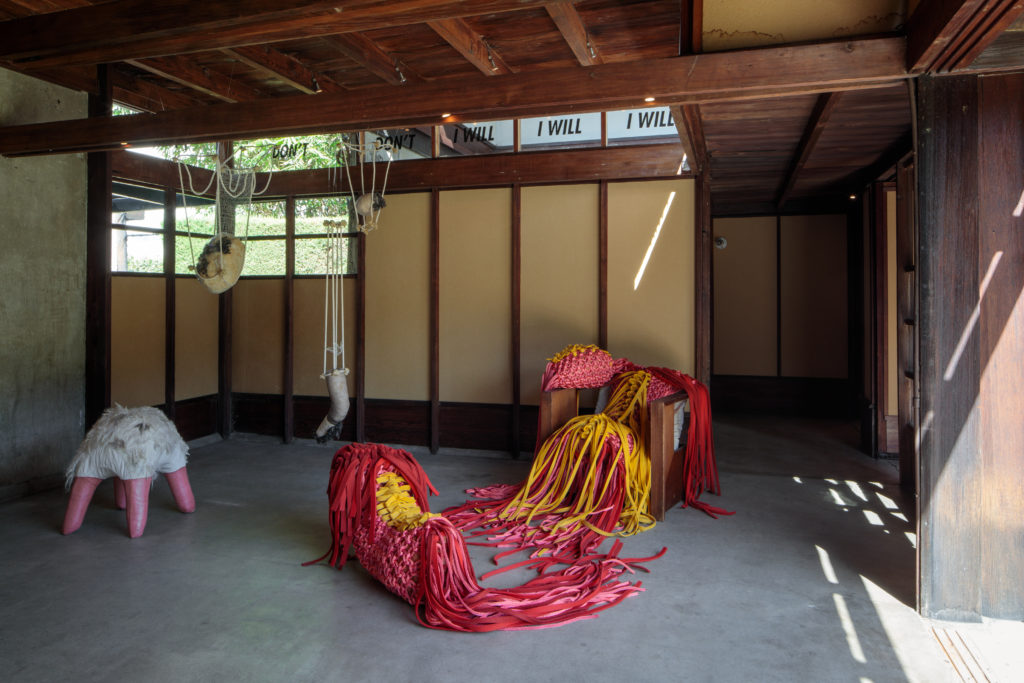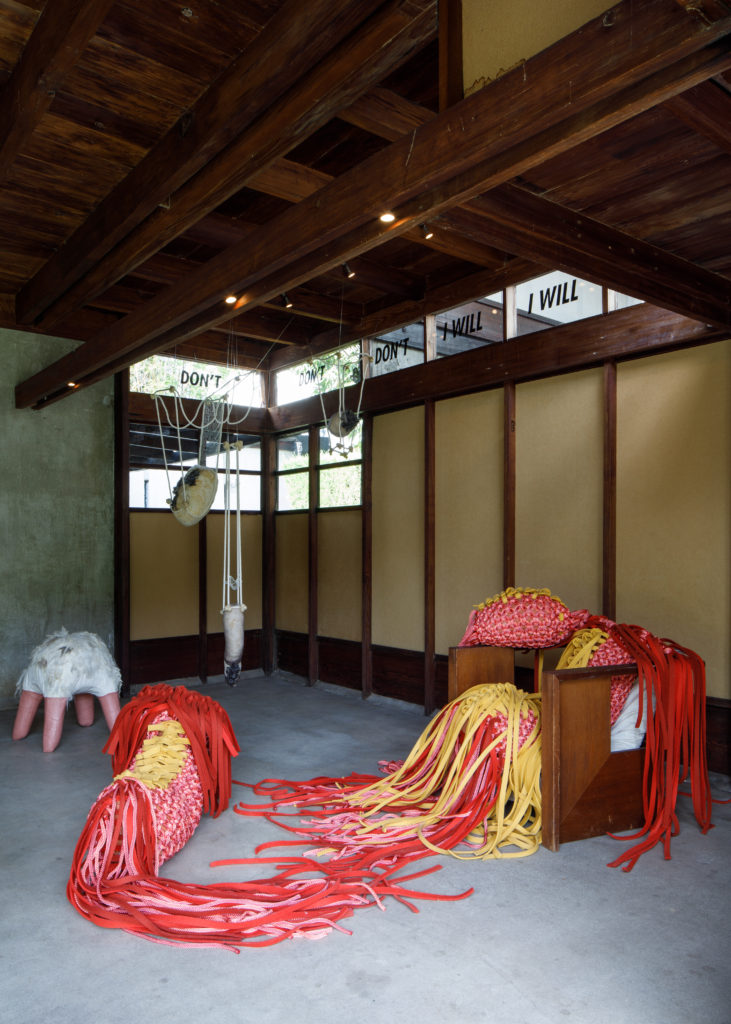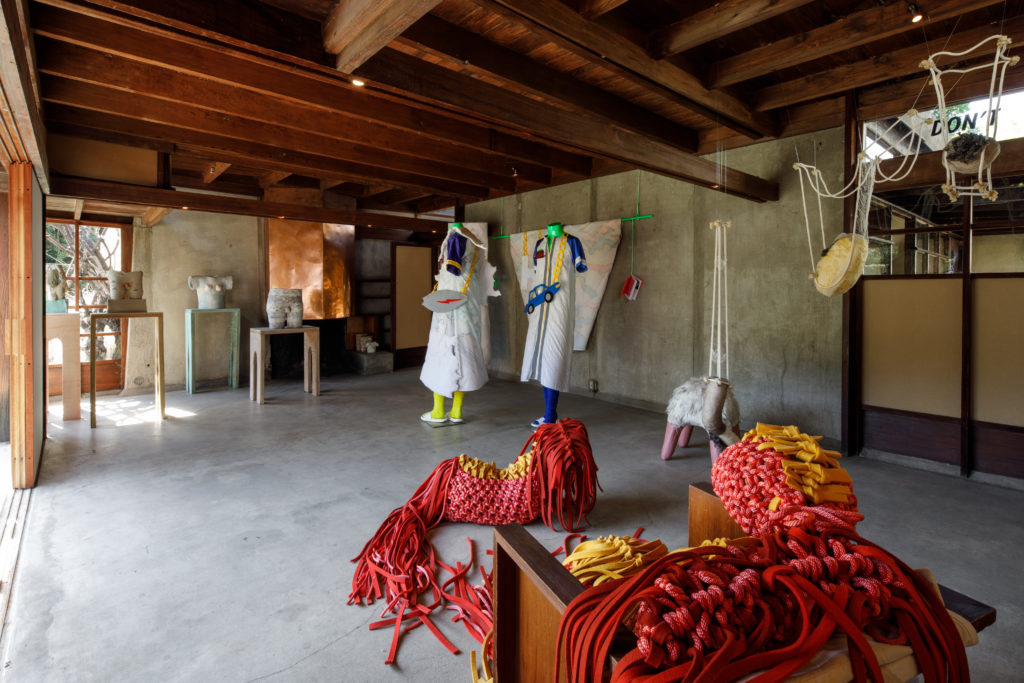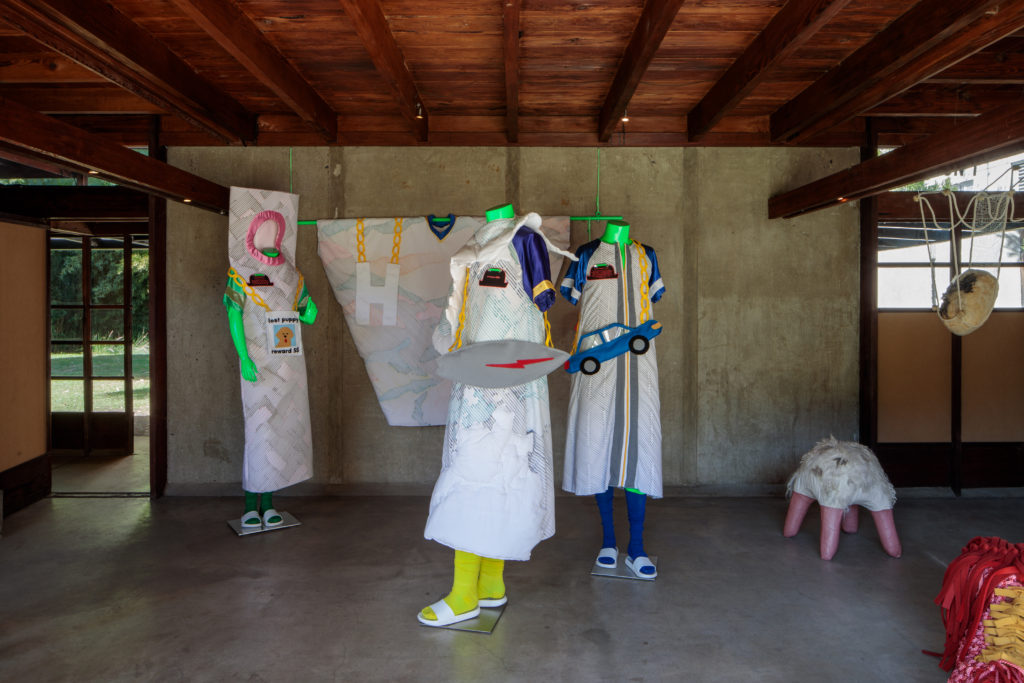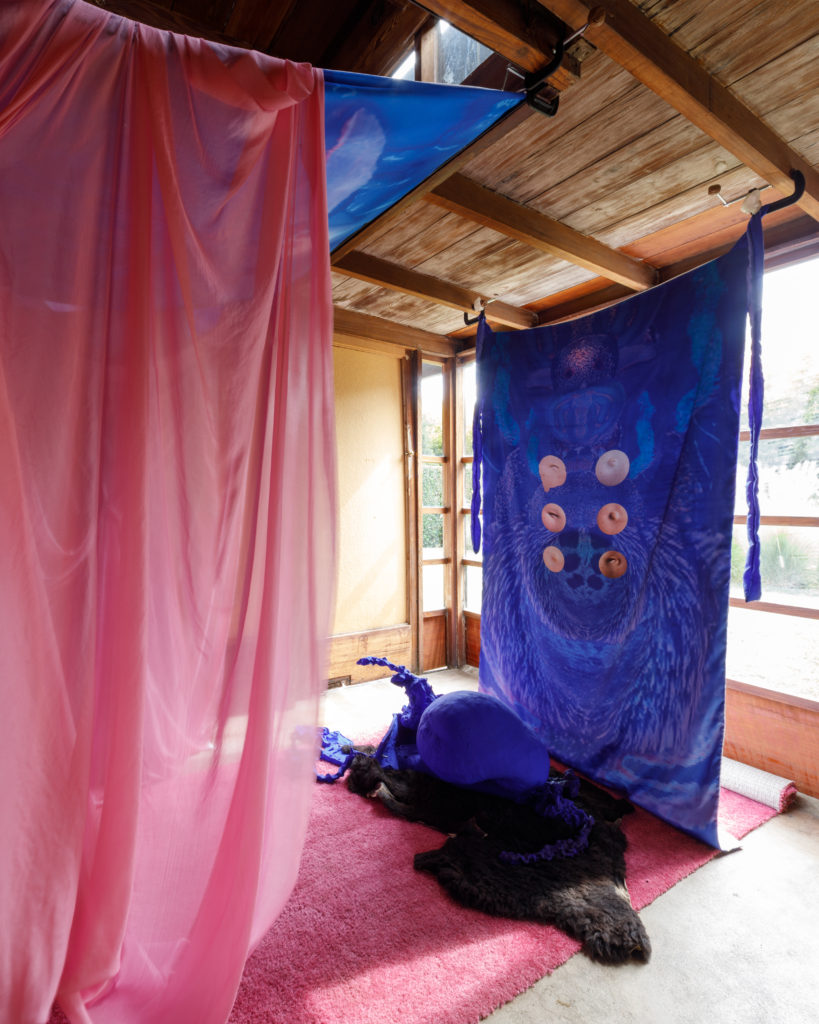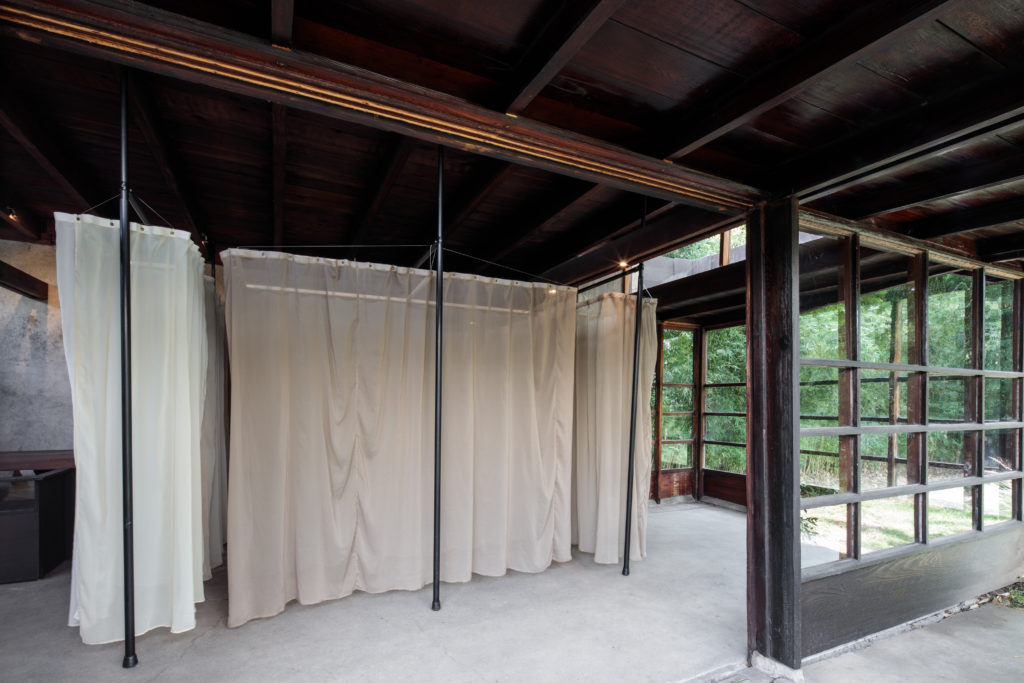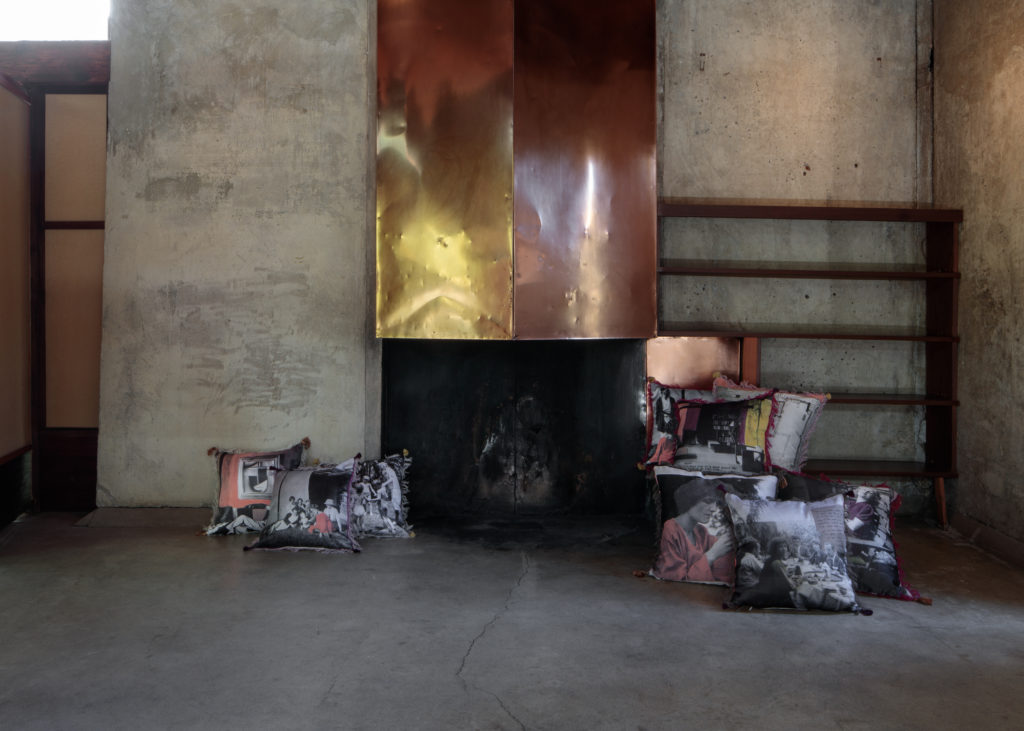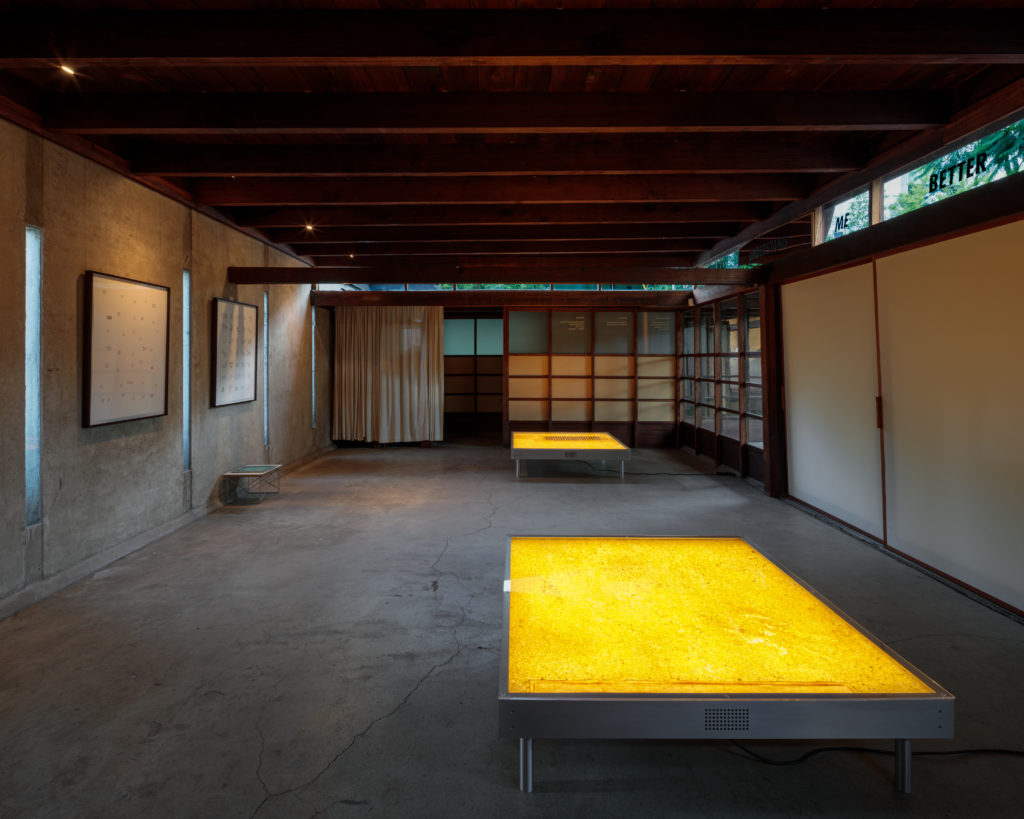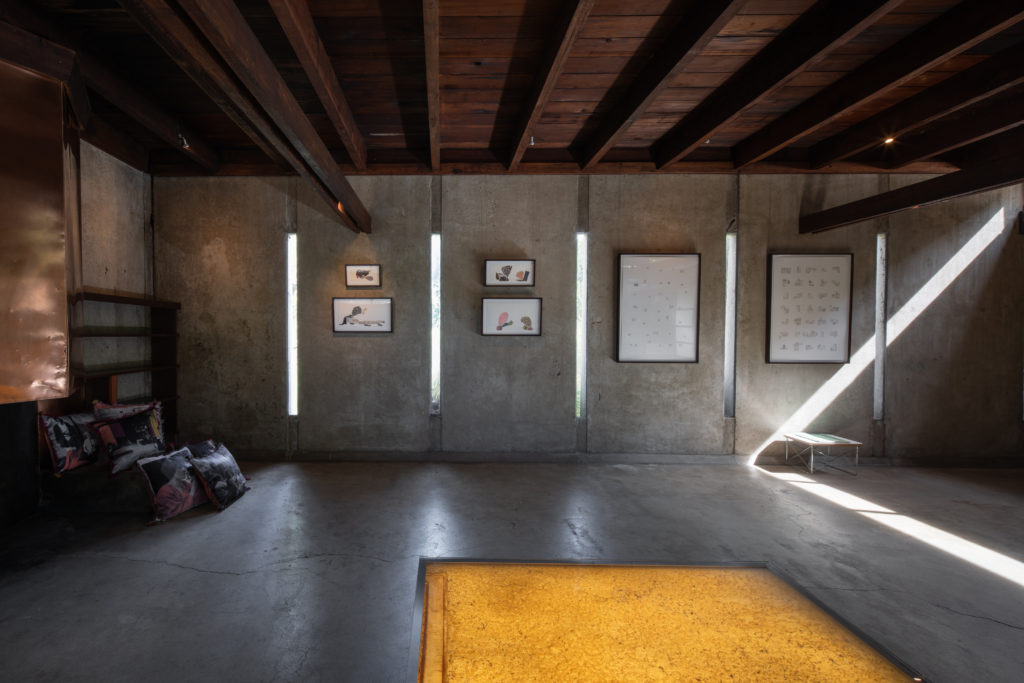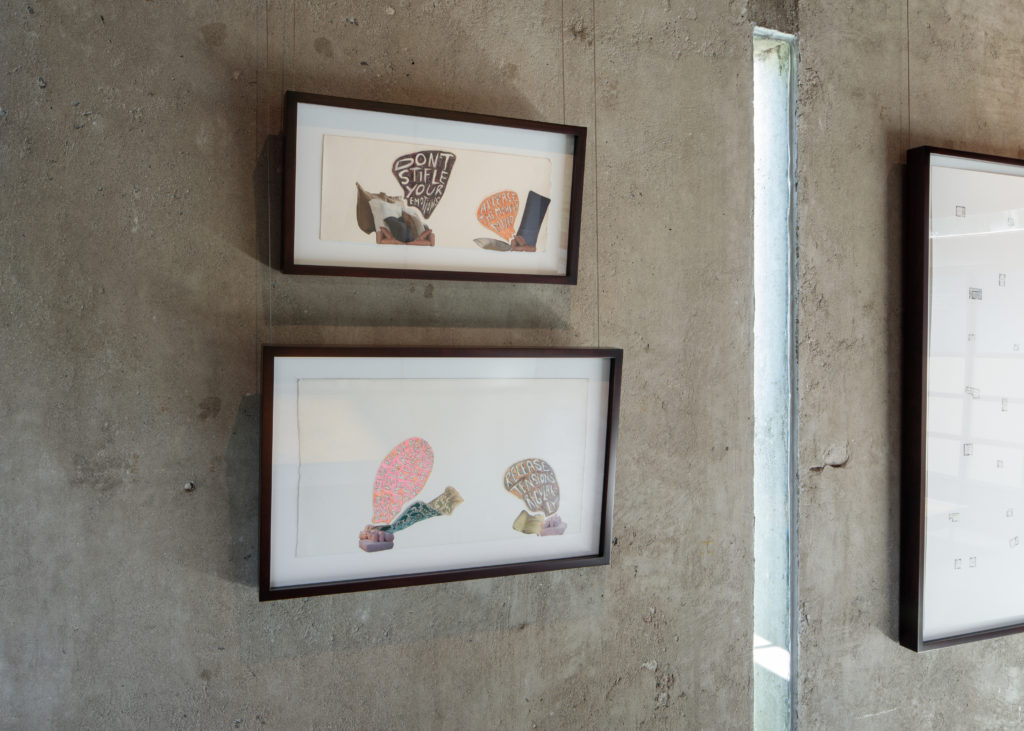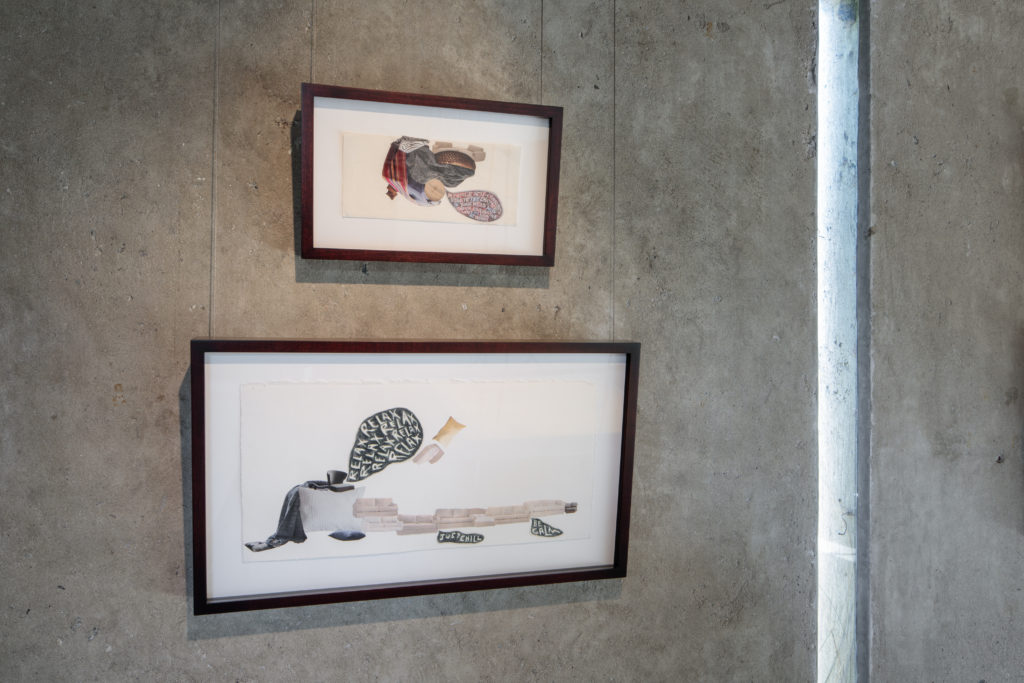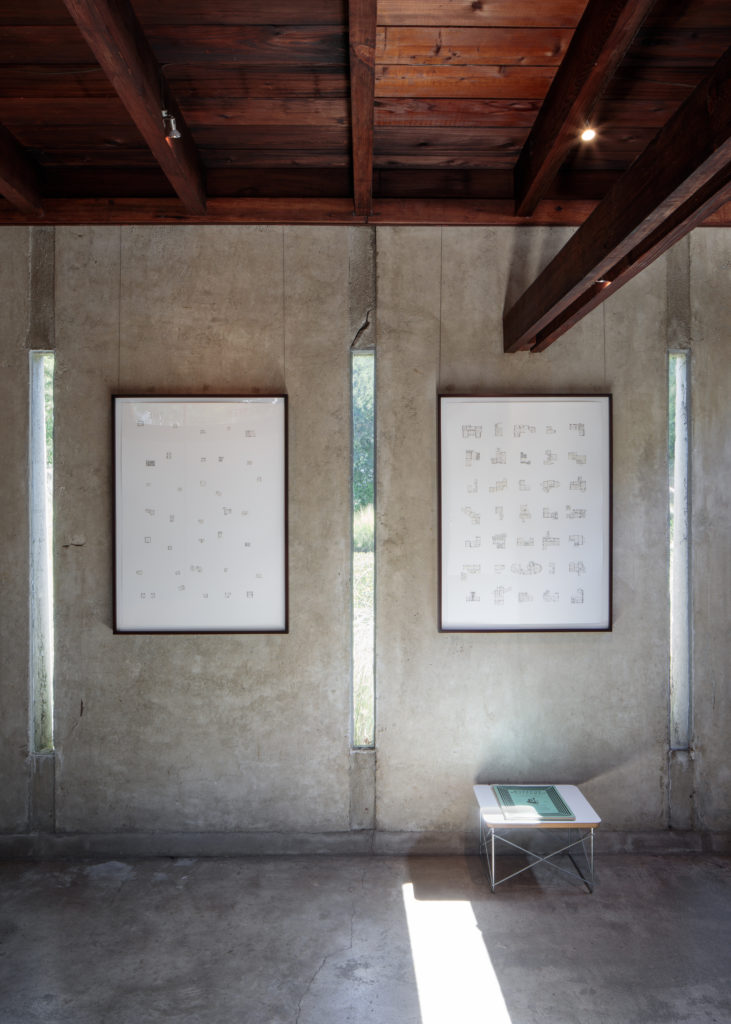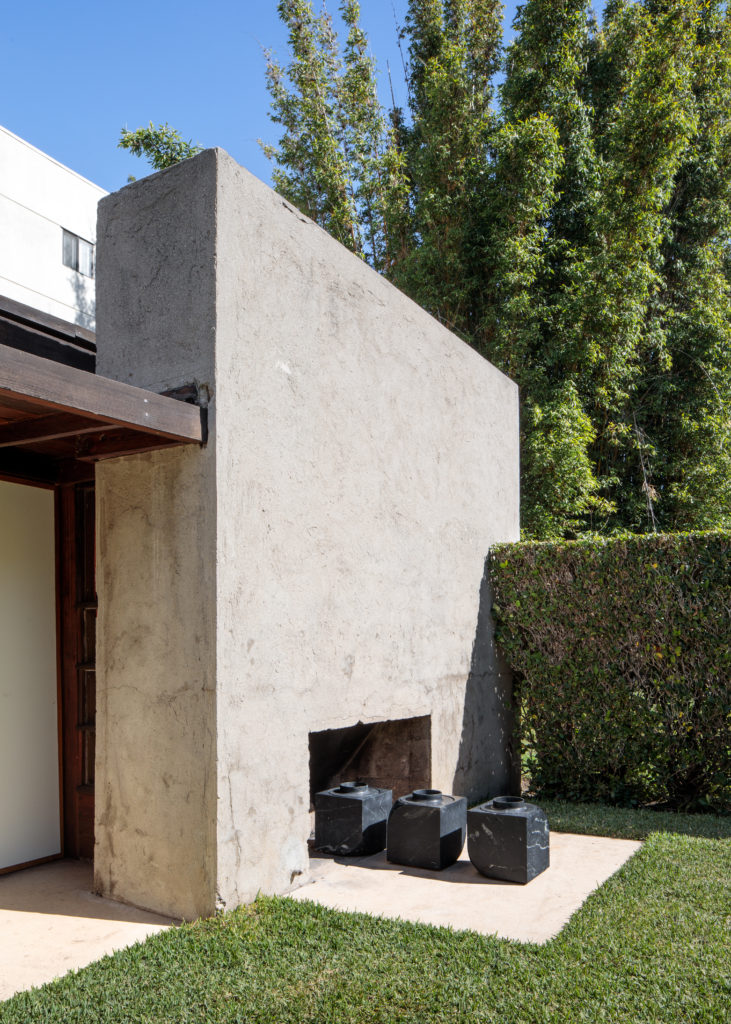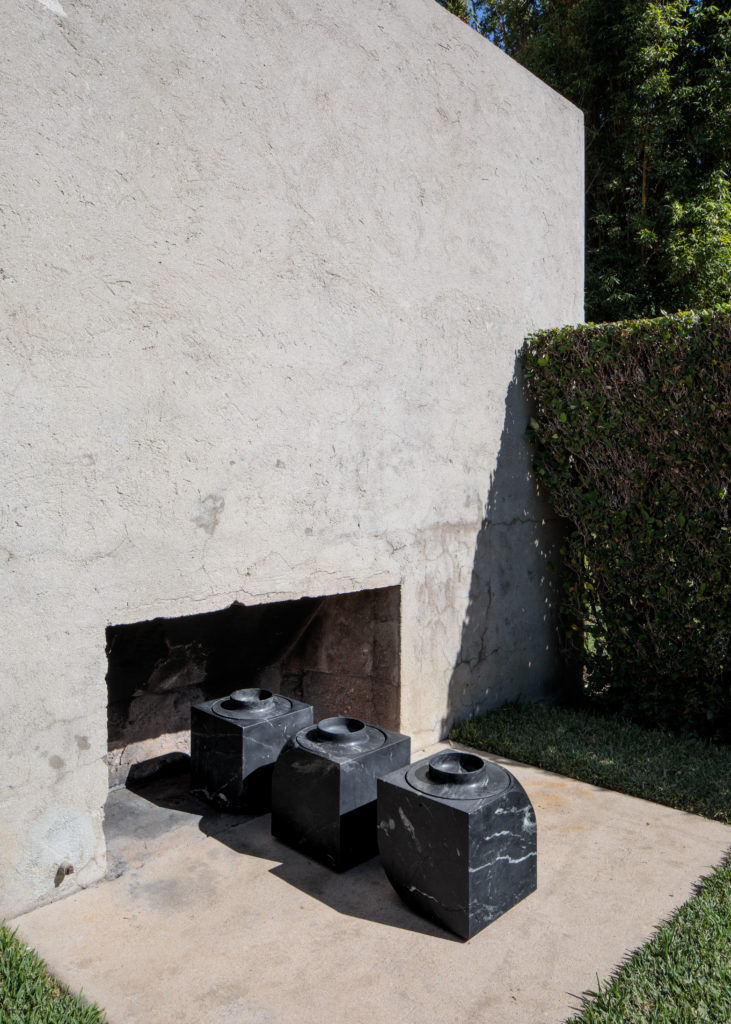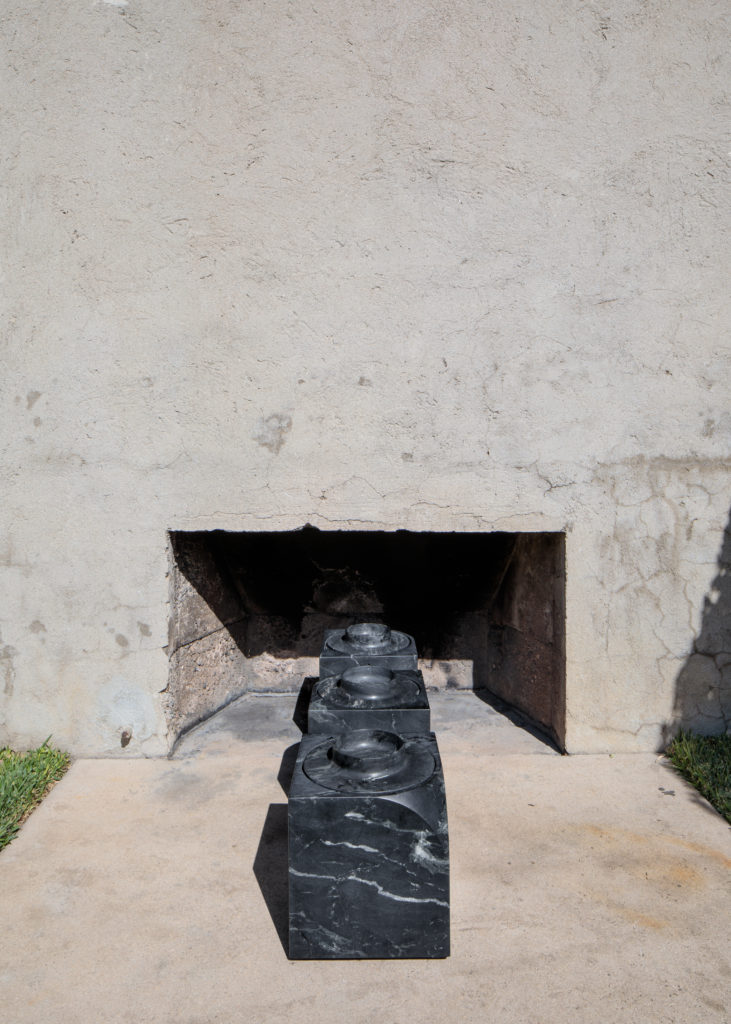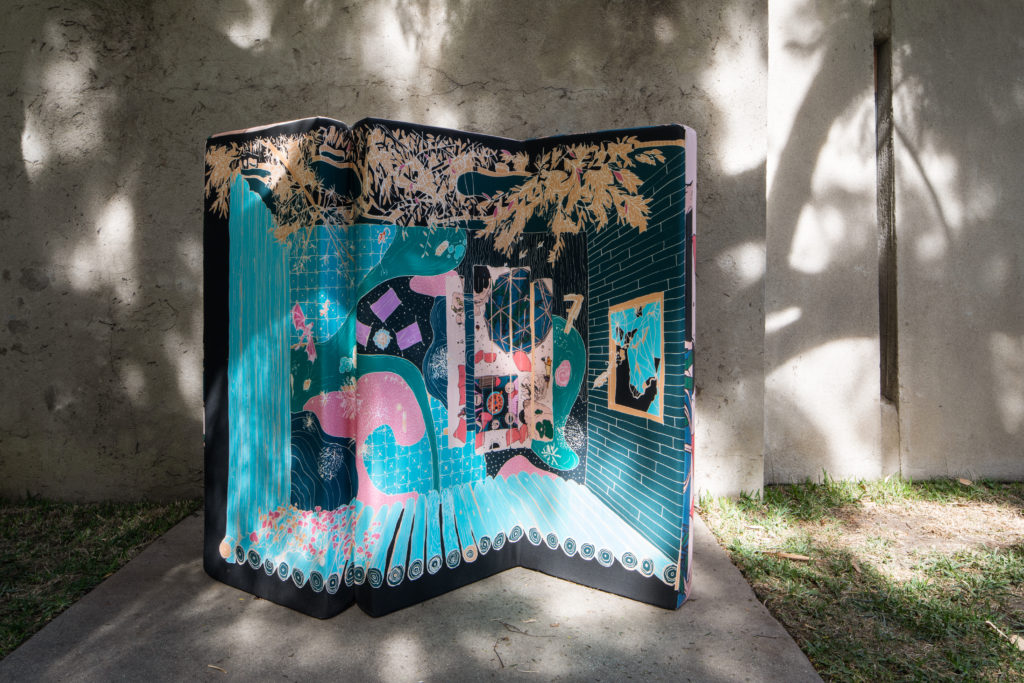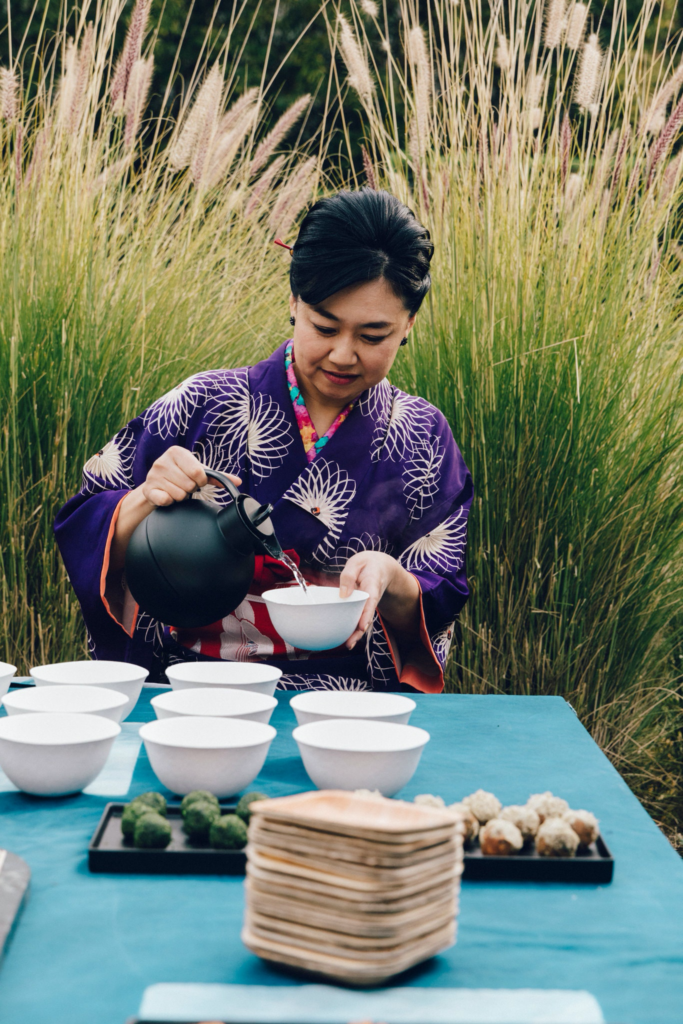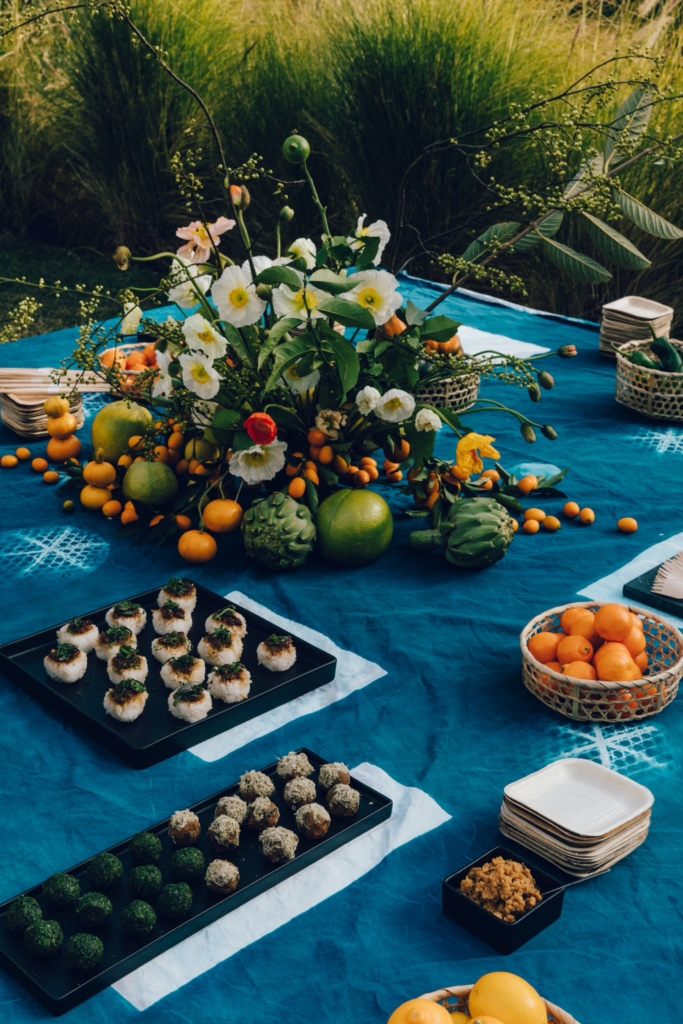Envision an institution dedicated to making art. It is not a museum, nor is it a gallery. These are the spaces where art meets a public or, more crassly, where art meets its market and is given value. Instead, think of a studio environment. Can that same environment also foster in pupils the canny balance between creativity and pragmatism required to break into the art world today?
Artist Catherine Opie offers a hopeful yes, pointing to the new art center at UCLA School of the Arts and Architecture, where she has taught since 1992. (She was named Lynda and Stewart Resnick Endowed Chair in Art this past December.) “Students are so incredibly vulnerable, and we live in a vulnerable time,” says Opie, whose work as a photographer often draws out the relationships between identity and place. They should feel that their studio building works for them, she adds.
